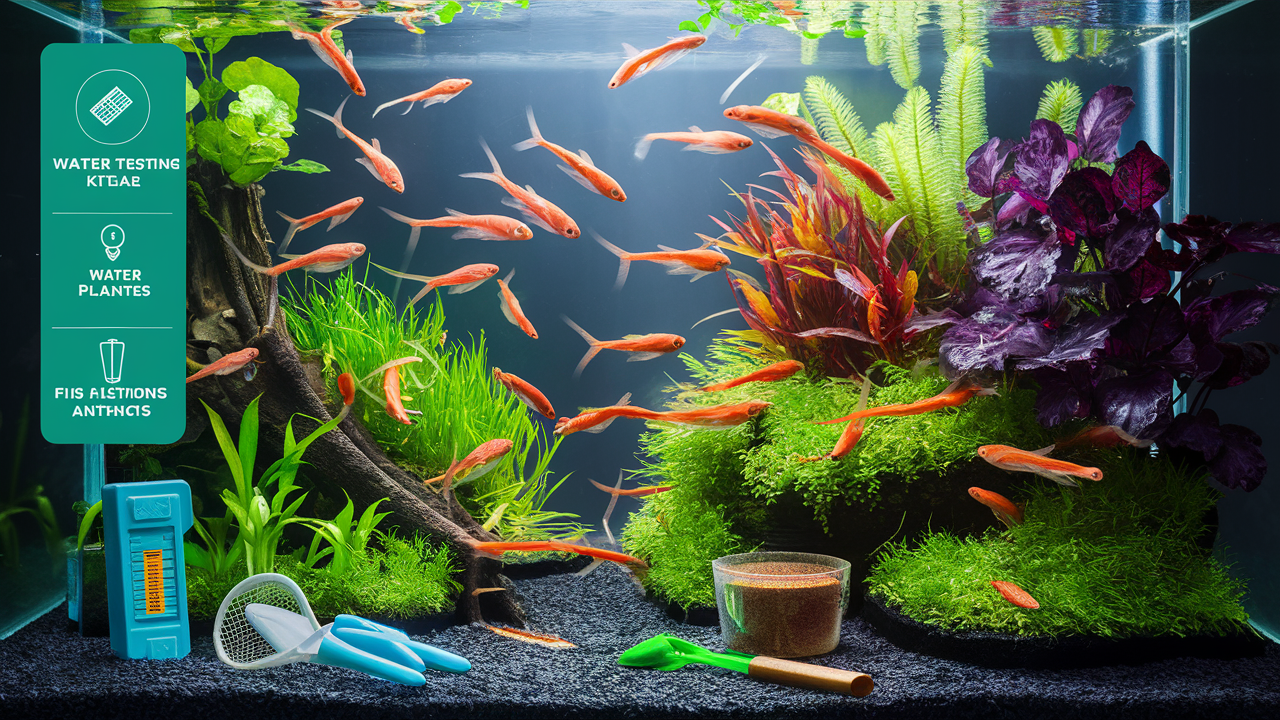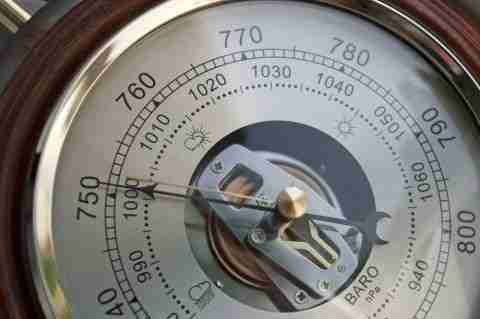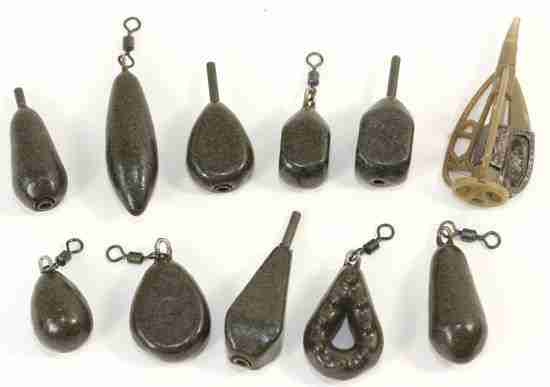
Fishing Weights - Forms - Tips and Tricks

8 min read
Fishing weights come in many forms, from the traditional lead sinker to more modern tungsten options. There are also a variety of tips and tricks that can help you better utilize these weights to improve your fishing experience. In this article, we will explore some of the different types of fishing weights, as well as some tips and tricks for using them.
Fishing Weights: Fishing Weights
Fishing weights are devices that are used to sink the bait or lure to the desired depth in the water. There are many different types of fishing weights, and each has its own advantages and disadvantages.
The most common types of fishing weights are lead weights, split-shot weights, and jigging weights. Lead weights are the most popular type of fishing weight. They are inexpensive and easy to use.
Fishing Weights: Lead weights
Lead weights come in a variety of sizes and shapes and can be attached to the line in several different ways.
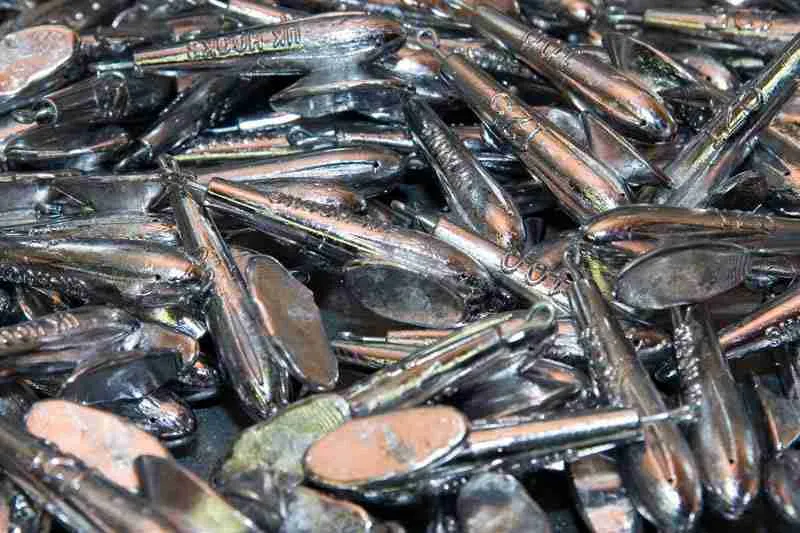
The biggest disadvantage of lead weights is that they are poisonous, and can be harmful to the environment if they are not disposed of properly.
Fishing Weights: Split-shot weights
Split-shot weights are another popular type of fishing weight. They are made of two pieces of metal that are connected by a small piece of wire.

Split-shot weights are easy to use and can be adjusted to the desired depth. The biggest disadvantage of split-shot weights is that they can damage the line if they are not used properly.
Fishing Weights: Jigging weights
Jigging weights are a type of fishing weight that is often used by experienced anglers. Jigging weights are made of metal and have a curved shape.

They are attached to the line with a small piece of wire. Jigging weights are more difficult to use than lead weights or split-shot weights, but they are more effective at getting the bait to the desired depth. The biggest disadvantage of jigging weights is that they can damage the
Fishing Weights: Form of the Weight
The optimal form of weight for the specific fishing conditions is determined by the distance at which it is necessary to perform the casting, the relief, and the structure of the bottom of the reservoir, as well as by the presence of underwater obstacles in the fishing area.
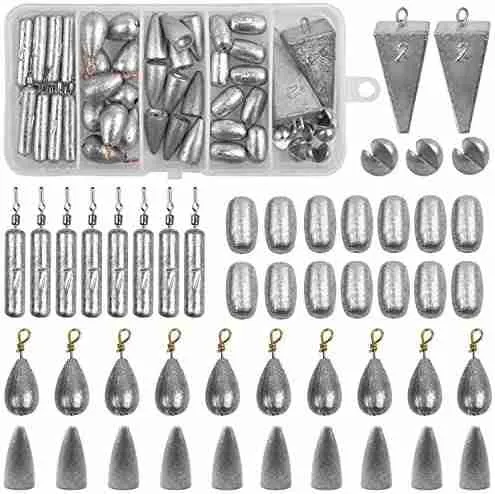
Spindle-shaped weights are used to ensure the maximum possible casting distance. The best flying qualities are possessed by those whose center of weight is moved as far as possible to the “nose”.
Some weight models have flat sides, which further contribute to the reliable attachment of the bottom of the reservoir. When fishing on slopes or currents, flat weights are used, which are best held in place. If there is a strip of algae, rhizomes, a threshold with mussels, and other objects between the fishing area and the shore, which can lead to cracks or breakage of the installation, it is important to pull it to the upper water layers as soon as possible.
There are such special weights, the construction of which allows them to be used as an analog of the feeder Method. Before casting, these weights are usually wrapped in pasty bait.
When fishing for weakly active or distrustful fish, it is important to ensure the fastest and most reliable self-detection when biting. In these conditions, the best results are achieved with the help of a round weight, which due to its maximum compactness is included in the work with all its weight.
As a number of mutually exclusive requirements often have to be met at the same time during fishing, choosing a weight with an optimal shape is not as easy as it seems at first glance.
Fishing Weights: Method of attachment
According to the way the weights are attached to the mounting, they can be divided into two large groups: swivel weights and hole weights (so-called in-line weights).
Swivel weights can be used for many different installations, unlike in-line weights. Installations based on in-line weights have the best self-detecting properties, but also the worst flying qualities; moreover, they are not particularly suitable for fishing on muddy bottoms (at least not when using sinking bait).
Let’s look in detail at the mechanics of the work of weight from the moment of pecking to the moment of detection and further in the process of extraction.
As a rule, when biting, the carp that took the bait continues its movement, holding it in its mouth, or sucking it, leaning towards the bottom, and then assuming a horizontal position.
In both cases, at one point the leash is tightened under the influence of weight, and then the hook, due to the peculiarities of the carp leash, simultaneously turns the cord down and penetrates the carp’s mouth. At this stage, the weight is still our helper.
Moreover, the closer the center of weight is to the point of attachment of the lead in the installation, the faster the self-detection. In some cases, the separation of the weight from the bottom is carried out as close as possible to its center, resulting in the virtually instantaneous transfer of weight of the weight through the leash to the wire of the hook.
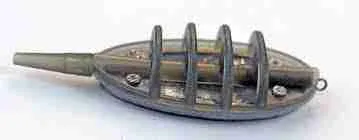
In another case, the weight is lifted from its lightest part, and its weight is transferred to the wire of the hook gradually. Sensing the sting, the fish immediately spat out the bait and began to actively shake its head, trying to get rid of the hook.
The shorter the pause from the moment of the bite to the inclusion of the entire weight of the weight, the less time the fish has to spit out the hook that has not yet been hooked. She continued to shake her head until she was detected, trying to widen the wound at the site of the hook prick. That is why detection is mandatory. It is also necessary to pierce the hook of the fish’s mouth and escape and complicate it.
The heavier the weight and the shorter the reins, the greater the chances of the fish getting rid of the hook until the fisherman completes the detection. In the process of extraction, especially in its final part, when the fish is on the surface, it begins to make new attempts to get rid of the hook, using the weight of the weight. a safe clip, the use of which reduces the weight during the bite (even before detection). That way, the moment the weight goes to the opponent’s side, they just get rid of it.
In order to combine the excellent self-detecting properties of in-line weight with the ability to get rid of them when biting, carp have invented the so-called. “safe inline”, and some companies even produce special modifications of in-line weights intended for use in the composition of such installations.
Fishing Weights: Weight Extraction
When fishing without weight, the fish often go into the upper water layers far from the shore. On the one hand, this allows it to be painlessly directed over underwater obstacles, and on the other hand - and provides additional opportunities in the form of “candles” and other maneuvers on the surface. Knowing that the caught carp always tends to move in the opposite direction, it can effectively use the weight of the weight to force the fish to rise in the middle water layers and be transferred over the underwater obstacles. For this, it is necessary to use as much weight and mounting, as you turn after the bite from whole to sliding.
Here the weight with a swivel is fixed by means of a carabiner and a plastic ear to a special rubber cone, inside which a swivel is placed to fasten the leash. The rubber cone has a shock absorber that holds the weight during operation.
The moment the caught fish starts shaking its head, the weight slips off the cone of the icebreaker and moves relatively far from the hook. When a sufficient massive weight is used, a force is applied to the hook and directed practically vertically downwards. The fish, striving to counteract this force, rises.
A very simple and elegant solution that allows the fish to be guided over obstacles underwater without losing weight. In addition, the farther the weight moves from the hook, the less it expands the wound in the fish’s mouth when it shakes its head.
Other requirements
It should not be forgotten that the weight is the largest element of the carp assembly, and therefore the most unmasking factor. When fishing in clear water, which, incidentally, is not typical of most of our reservoirs, it is not superfluous to choose the weight of the color and nature of the bottom of the reservoir.
There are a variety of weights on the market in terms of shape, color, and fracture, including imitations of stones and algae. But more importantly, the weight does not have an unpleasant odor for fish. When using new weights, it is best to immerse them in water for a few hours.
After fishing on a hard muddy bottom, the weights can acquire a specific odor, causing the fish to become distrustful. Generally speaking, weight is not just a piece of lead. The role of carp fishing is complex and diverse. Therefore, each carp fisherman must properly choose their weights depending on the fishing conditions and turn their qualities to their advantage.
Conclusion
Fishing weights are an important tool for anglers. There are many different types and sizes of fishing weights, and each has its own advantages and disadvantages. The type of fishing weight that is best for you will depend on the type of fishing you are doing and the fish you are trying to catch. There are four main types of fishing weights: sinkers, Floaters, jigs, and spinners.

